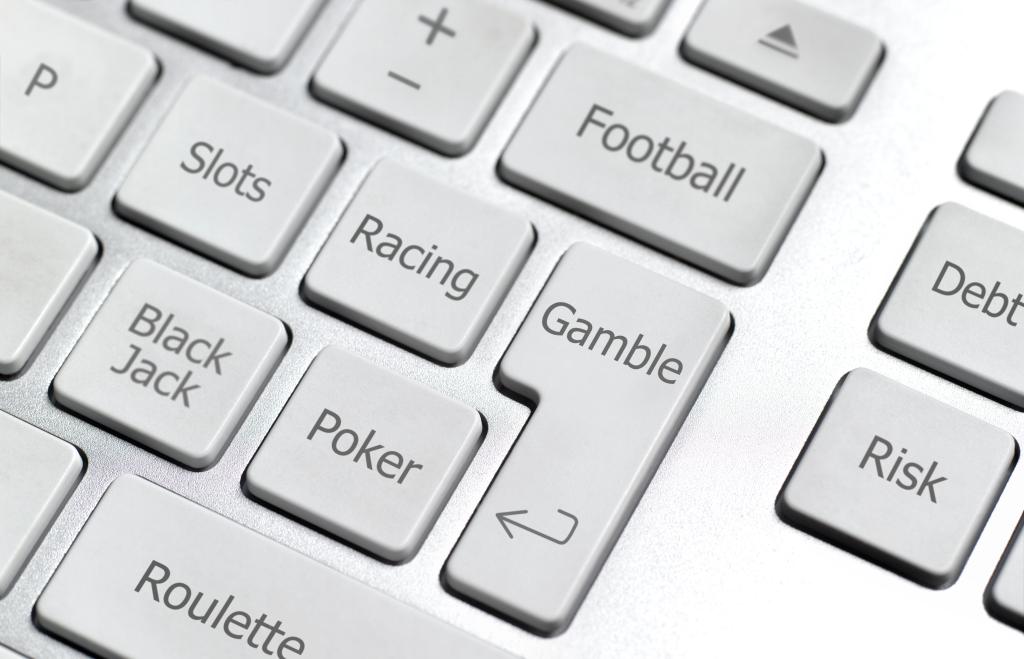This article is one of the winning submissions from the New York Post Scholars Contest, presented by Command Education.
The table is hosting three players: DerekC9, Fuzzypanda21, and Erik467.
A crowd has formed behind the computer screen. Erik467, the username I’m using to represent a real person, has pocket aces: statistically, the best hand in poker. Almost immediately, Erik goes all in preflop (in poker terms: when the dealer hasn’t revealed the river yet); he’s confident in the value of his cards. Fuzzypanda21 folds, but DerekC9 calls. Since this is the high value table, Derek’s call takes the pot north of a behemoth $200—a colossal sum for high school students. Now that the table is all in, the players must reveal their cards. DerekC9 shows a king and a jack. Erik reveals his formidable pair of aces towering over DerekC9’s comparatively weak cards. The virtual dealer reveals the first card of the river—a two of hearts. The odds begin to shift in Erik’s favor. The dealer flips the next card—a nine of clubs. Derek still doesn’t have a viable hand to counter Erik’s. The dealer reveals a 10 of hearts. Erik’s aces seem to still be the winning ticket. It’s time for the river card, and it feels like slow motion, as Erik’s dreams of gambling grandeur crumble right before his eyes. A queen of spades. DerekC9 now has a straight, a higher hand than Erik’s pair of aces. Just like that, Erik sinks $100 deeper into his quicksand of debt.
A unique and quickly spreading social phenomenon is reaching high schools across the country. My high school alone hosts a variety of leagues, each with dozens of tables, and twice the amount of kids in the average classroom—all with varying game rules, cliques and levels of expertise. The latest fad: online poker.
And it has kids hooked. Online tables are filled throughout the night, with peak hours around 11 p.m. and games spanning until the waking hours. Gripped by the thrill, high schoolers are wagering increasing amounts, irresponsibly and carelessly gambling away money. It is common to hear in the halls about 14 year-old kids owing $100-$300; in the most alarming case I have heard, one student lost over $1,500.
This is made possible through the growing advent of online casinos. These digital gambling dens have been making poker sites more available to youths since the turn of the century. A study conducted by the University of Pennsylvania revealed that 2.9 million kids play cards for money, 580,000 of them online. The “kids” were aged 14-22 with “most of these young people under the age 21.” Weak age restrictions and regulations are making it exceedingly easier for high schoolers to use these apps and websites.
It may seem innocent for now: after all kids owe their debt to friends. It’s tempting to say, “kids will be kids, they’re gambling with allowance money!” That’s true…until it’s not.
The Office of Problem Gambling Services (OPGS) says that “children introduced to ‘harmless betting’ by the age of 12 are four times more likely to engage in problem gambling later.” Another study by Alesia Burge on gambling addictions says, “older adult problem gamblers who began earlier in life gambled more often than did their counterparts who began as adults.” Gambling as a youth not only increases your chance to carry the habit into adulthood, but also increases the severity of addiction.
Dozens of studies have been conducted seeking to explain this clear correlation, with the consensus pointing to the brain as the main culprit. A study by Monique Ernst revealed that not yet fully formed frontal cortices makes kids more prone to addiction and risk taking, as that region controls logic and decision making. Since then, countless other studies have confirmed Ernst’s claim, identifying that the immaturity of adolescent brains make addiction especially likely and dangerous for youths.
Gambling permeates teen life more than you would think. Things can quickly get out of control for high school gamblers, with debts greatly exceeding petty cash between friends. Most of the conversation around teen addiction surrounds alcohol and nicotine, but a new vice is on the rise.
Poker is a dangerous game. It’s not meant to be in the hands of high schoolers during lunch period.
Isaac Carrillo is an 11th-grader at Horace Greeley High School in Chappaqua, NY., Carillo wants to be a psychiatrist with his own practice.
Read the full article here


